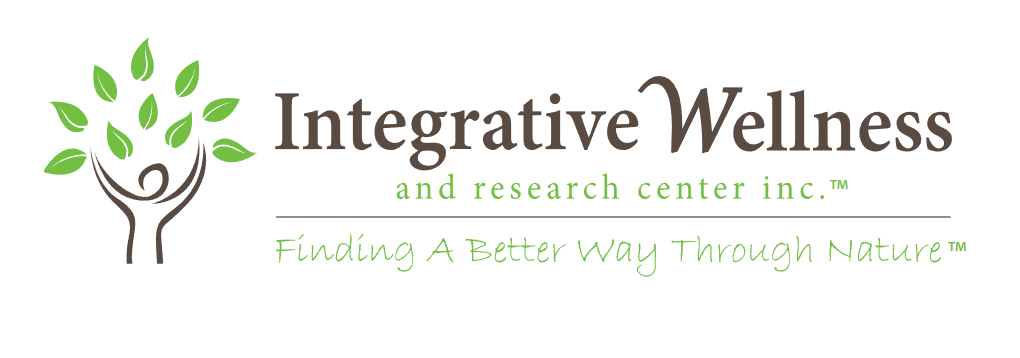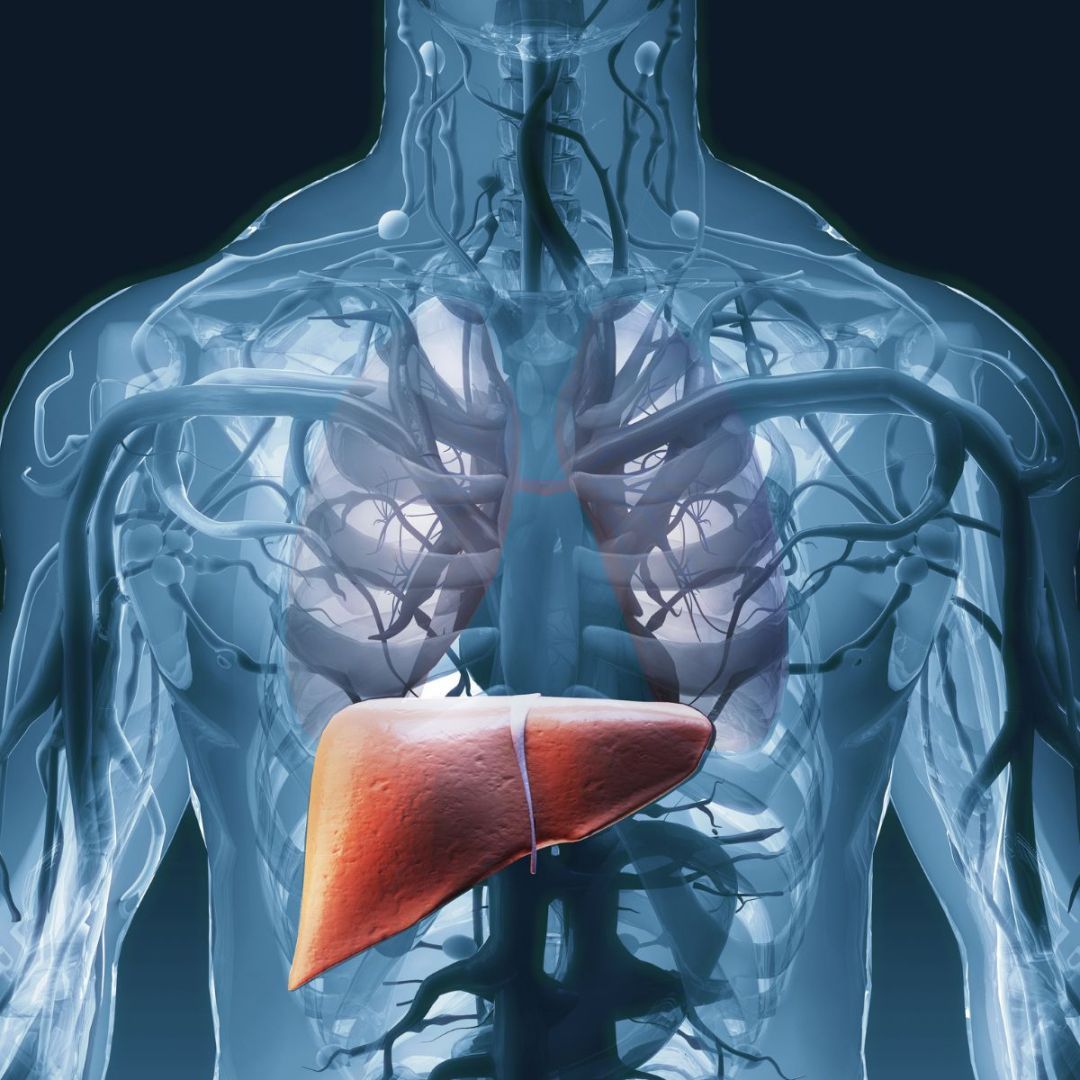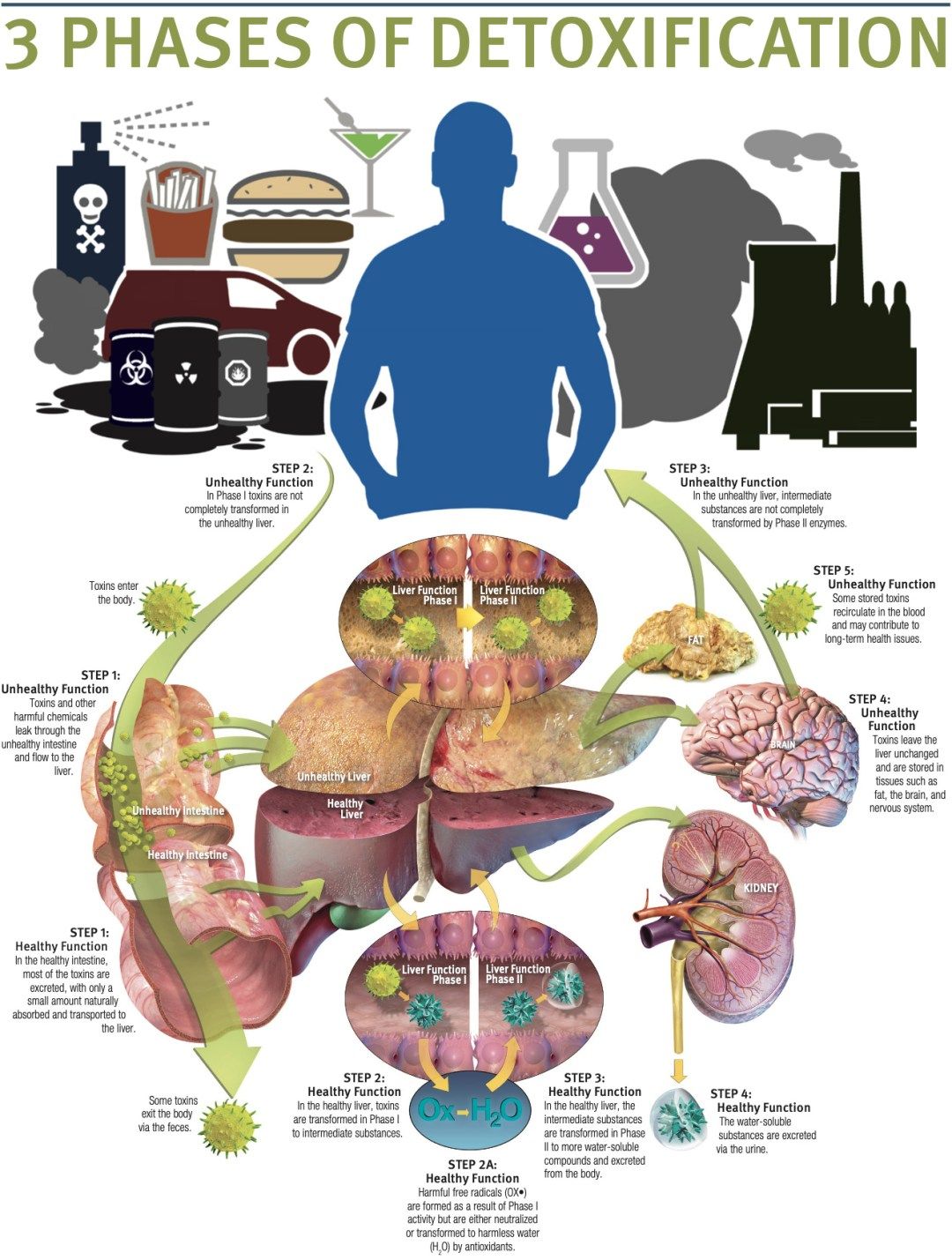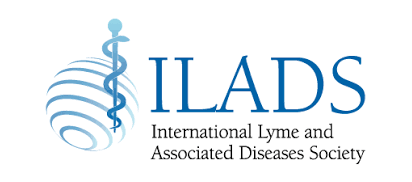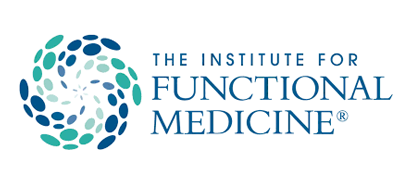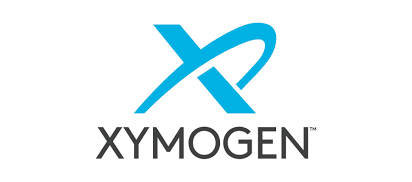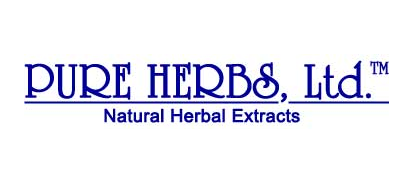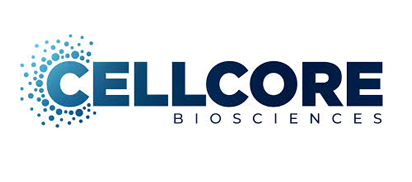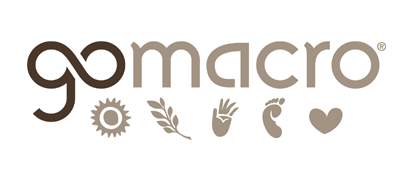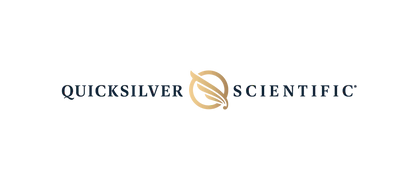🌟 New VIP Wellness Packages Are Here! 🌟
Take your health to the next level with our exclusive VIP offerings, available now through 2026:
• Wellness Supplement Saver
• Wellness Starter
• Integrative Cardiovascular Plan
• Cancer Recovery/Detox Wellness Plans
• Wellness Intensive
• Joint Rebuild Wellness Packages with Peptides
Your personalized path to optimal wellness starts today!
Expert Detoxification Services
Memphis, TN
Doctor of Naturopathy and Master Herbalist
Functional Medicine and RGCC-Accredited
Virtual Consultations via Zoom
Hours:
Request Consultation
Hero Request Form
Thank you for contacting us.
We will get back to you as soon as possible.
Please try again later.
Comprehensive Detoxification Services
At Integrative Wellness & Research Center, Inc, we understand the importance of detoxification in achieving optimal health. Our expert team, led by a Doctor of Naturopathy and Master Herbalist, offers personalized detox programs tailored to your unique needs. With over 30 years of clinical experience, we're committed to providing cutting-edge detoxification solutions for patients throughout the Mid-South area. Our services include:
- Customized detox protocols
- Herbal cleansing programs
- Nutritional support for detoxification
- Heavy metal detox
- Liver and kidney support
- Gut health optimization
- Cellular detoxification therapies
- Environmental toxin elimination
Experience the benefits of our holistic approach to detoxification.
Contact Integrative Wellness & Research Center to start your journey towards renewed health and vitality.
Personalized Detoxification Support
At Integrative Wellness and Research Center, we focus on delivering individualized care through a holistic approach to detoxification. Our services are guided by:
- A Doctor of Naturopathy and Master Herbalist
- RGCC accreditation for advanced treatment options
- Over three decades of clinical experience
- Virtual consultations available via Zoom
- Appointments often available within two weeks
- Membership in ILADS Lyme Association and IFM Institute for Functional Medicine
- On-site shop with price matching for supplements
- Family-owned values and local commitment
Experience the benefits of a functional and natural approach to detoxification. Reach out to begin your personalized wellness journey.
Environmental Toxicity and Its Impact
In recent decades, the chemical makeup of our environment has changed dramatically. For example, in 1989 alone, over one billion pounds of chemicals were released into the ground, affecting soil and underground water sources. Additionally, more than 188 million pounds were discharged into lakes and rivers, and over 2.4 billion pounds were emitted into the air. Altogether, nearly 5.7 billion pounds of pollutants entered the environment in just one year.
This toxic exposure is compounded by a modern diet lacking in nutrients and filled with artificial additives.
These conditions contribute to internal pollution, where harmful bacteria in the gut overpower beneficial ones, releasing toxins into the bloodstream and affecting overall health.
How the Body Detoxifies
Your body’s detoxification systems act as a cleanup crew, removing harmful substances from both internal and external sources. These include metabolic by-products, medications, environmental chemicals, and even nutrients that must be processed before elimination.
In an ideal world, detox systems would have a manageable workload.
However, with today’s exposure to processed foods, medications, and pollutants, these systems are often overwhelmed. When detox pathways are impaired, toxins can accumulate, leading to fatigue, reduced immunity, and increased risk of chronic conditions such as cancer and neurological disorders.
The Role of the Liver in Detoxification
The liver, along with the intestines and kidneys, plays a central role in detoxification. It filters toxins from the blood, modifies them to reduce harm, and prepares them for elimination. Traditional medicine systems have long emphasized liver health, though conventional medicine often overlooks its importance in healing.
Each person’s liver functions differently due to biochemical individuality. Some may tolerate high levels of toxins, while others react strongly to everyday exposures. Supporting liver health with proper nutrients can improve its ability to detoxify effectively.
Blood from the intestines flows directly to the liver for filtration. In just a few minutes, several quarts of blood pass through, carrying drugs, chemicals, hormones, and digestive toxins. The liver processes these through two key phases—Phase I and Phase II detoxification. Both phases require specific nutrients and are influenced by genetics and lifetime toxin exposure.
Understanding the Six-Phase Table
The six-phase table is a clinical framework based on observation and experience. It organizes disorders into phases without implying direct causal relationships. This structure helps practitioners assess potential outcomes and guide treatment strategies more effectively.
Begin Your Detoxification Journey
Your path to optimal health through detoxification starts at Integrative Wellness & Research Center. Our team of experts is ready to create a customized detox plan that addresses your unique needs and health goals. With our comprehensive approach, state-of-the-art treatments, and commitment to individualized care, you'll be empowered to take control of your health and well-being. Don't let toxins hold you back any longer - reach out to Integrative Wellness & Research Center today and take the first step towards a cleaner, healthier you.
- Bullet text
- Bullet text
- Bullet text
- Bullet text
- Bullet text
- Bullet text
- Bullet text
- Bullet text
- Bullet text
- Bullet text
Title or Question
Describe the item or answer the question so that site visitors who are interested get more information. You can emphasize this text with bullets, italics or bold, and add links.Title or Question
Describe the item or answer the question so that site visitors who are interested get more information. You can emphasize this text with bullets, italics or bold, and add links.Title or Question
Describe the item or answer the question so that site visitors who are interested get more information. You can emphasize this text with bullets, italics or bold, and add links.
We price match or beat competitors by up to 5% on supplements sold in our shop.
Not valid with any other offers or promotions. Restrictions apply.
Must mention this coupon at the time of scheduling.
Visit Us
Reviews
Virtual Consultations Available
Get expert holistic care planning from the comfort of your home. Our Zoom consultations make wellness accessible and convenient.
Request your consultation today!
Request Consultation
